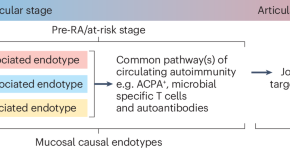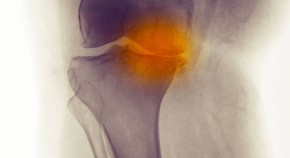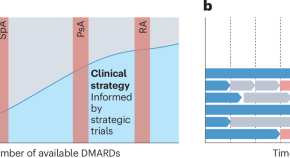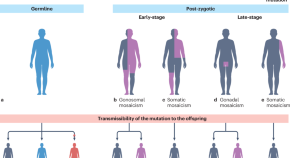
Advertisement
-
-

Rheumatology in the digital health era: status quo and quo vadis?
Digital health has the potential to improve patient care in rheumatology and alleviate strain on the health-care system. This Review explores the current status of the transition from traditional health care to a model that harnesses the potential of digital health technologies, including discussion of the main benefits and barriers.
-
-

Key Advances in Rheumatology
The Key Advances in Rheumatology collection offers expert insight into the most important discoveries made each year, and is an essential resource for students, physicians and clinical researchers.










